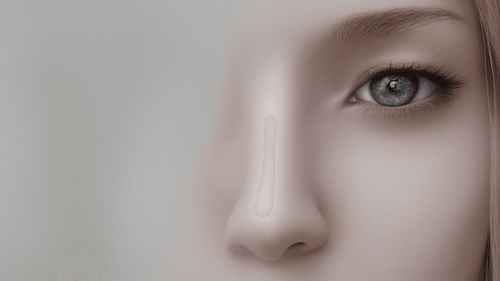
Introduction
In a world driven by technological advancements, artificial intelligence has emerged as a revolutionary force, reshaping various industries. One of the most captivating applications of AI is its ability to create images that captivate and inspire. From generating lifelike portraits to crafting mesmerizing landscapes, artificial intelligence is unlocking new realms of creativity and artistic expression. In this comprehensive article, we will delve deep into the realm of artificial intelligence and its remarkable capacity to create stunning images.
Understanding Artificial Intelligence and Image Creation
Defining Artificial Intelligence
Artificial Intelligence (AI) refers to the simulation of human intelligence processes by machines. It involves the development of algorithms that enable computers to perform tasks that typically require human intelligence, such as problem-solving, learning, and decision-making.
The Intersection of AI and Image Creation
At the crossroads of AI and image creation lies an intriguing fusion of technology and artistry. Through intricate algorithms and neural networks, AI can analyze patterns, textures, and styles from vast datasets to generate images that mirror human creativity.
The Evolution of AI-Powered Image Creation
Early Experiments and Neural Networks
In the early stages, AI-generated images were rudimentary, often resembling abstract patterns. The development of neural networks paved the way for more sophisticated image generation by enabling machines to mimic the interconnected neurons of the human brain.
Style Transfer and Generative Adversarial Networks (GANs)
Style transfer algorithms allow AI to apply the artistic style of one image to another, resulting in stunning visual blends. Generative Adversarial Networks (GANs) introduced a groundbreaking approach where two neural networks compete, giving birth to astonishingly realistic images.
The Mechanics of AI-Generated Images
Data Ingestion and Analysis
AI image creation begins with the ingestion of massive datasets comprising diverse images. These datasets are then meticulously analyzed to discern intricate patterns and features.
Neural Network Architecture
The neural network architecture, often based on deep learning models, serves as the backbone of AI image creation. Convolutional Neural Networks (CNNs) excel at understanding visual data, making them a cornerstone in this process.
Training and Refinement
Through iterative training, AI refines its understanding of visual elements, enabling it to produce progressively intricate and high-quality images over time.
Applications of AI-Created Images
Art and Design
AI-created images have carved a niche in the art world, inspiring artists and designers to explore novel realms of creativity. From unique paintings to avant-garde sculptures, AI's contributions to the art landscape are truly transformative.
Entertainment and Gaming
The entertainment industry has embraced AI-generated images to craft captivating visuals in movies, video games, and virtual reality experiences. AI's ability to conjure entire fantasy worlds has pushed the boundaries of immersive storytelling.
Marketing and Advertising
Marketers harness AI-created images to craft compelling advertisements that resonate with target audiences. AI's insights into visual preferences help tailor marketing campaigns for maximum impact.
FAQs
How does AI generate images that resemble human creativity?
AI achieves this through deep neural networks that analyze vast datasets to identify intricate patterns, styles, and textures, enabling the generation of images that mirror human-like creativity.
Can AI replace human artists and designers?
AI complements human creativity by offering new tools and avenues for artistic expression. While AI-generated images are remarkable, human intuition and emotion remain irreplaceable.
Are there ethical concerns surrounding AI-created images?
Indeed, ethical considerations arise, particularly in issues of copyright and originality. It's essential to navigate these challenges as AI technology continues to evolve.
How can businesses leverage AI-created images?
Businesses can use AI-generated images to enhance branding, marketing, and product design. AI's ability to tailor visuals to specific audiences can drive engagement and customer satisfaction.
What is the future of AI-powered image creation?
The future holds immense promise. AI's capabilities will likely expand, enabling even more realistic and personalized image generation. As AI becomes more accessible, its impact on various industries will undoubtedly grow.
How can individuals learn more about AI image creation?
Exploring online resources, courses, and workshops dedicated to AI and image creation can provide valuable insights and skills for those interested in delving deeper into this fascinating field.
Conclusion
In the realm of artificial intelligence, the ability to create captivating images marks a paradigm shift in human creativity and technological innovation. As AI continues to evolve, its capacity to generate lifelike and awe-inspiring images is a testament to the boundless potential of human ingenuity coupled with cutting-edge technology. From the brushstrokes of algorithms emerges a canvas of limitless imagination, forever changing the landscape of image creation.